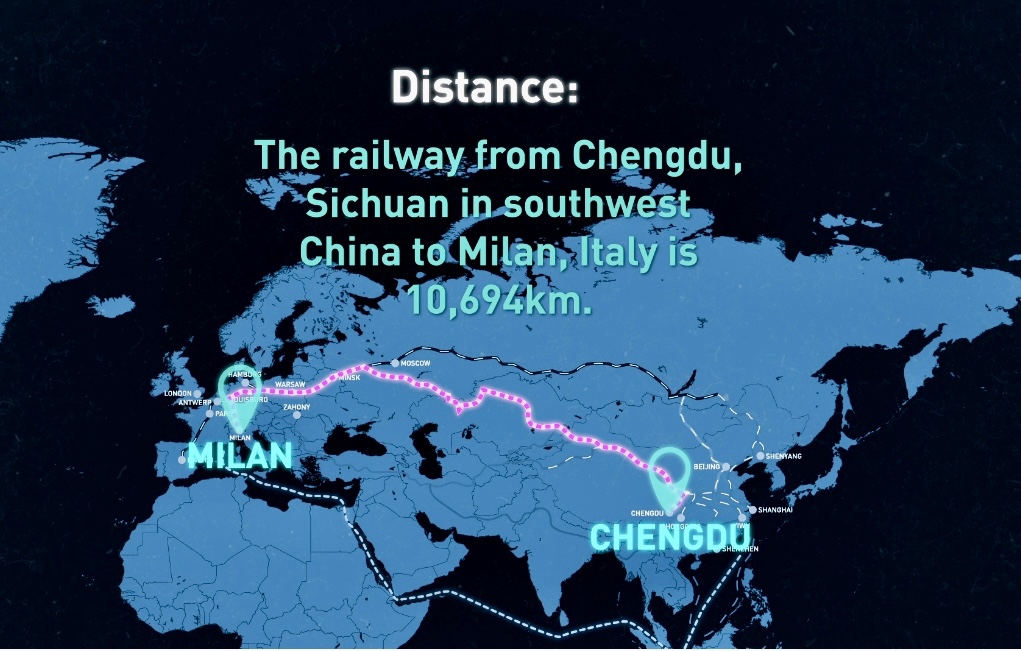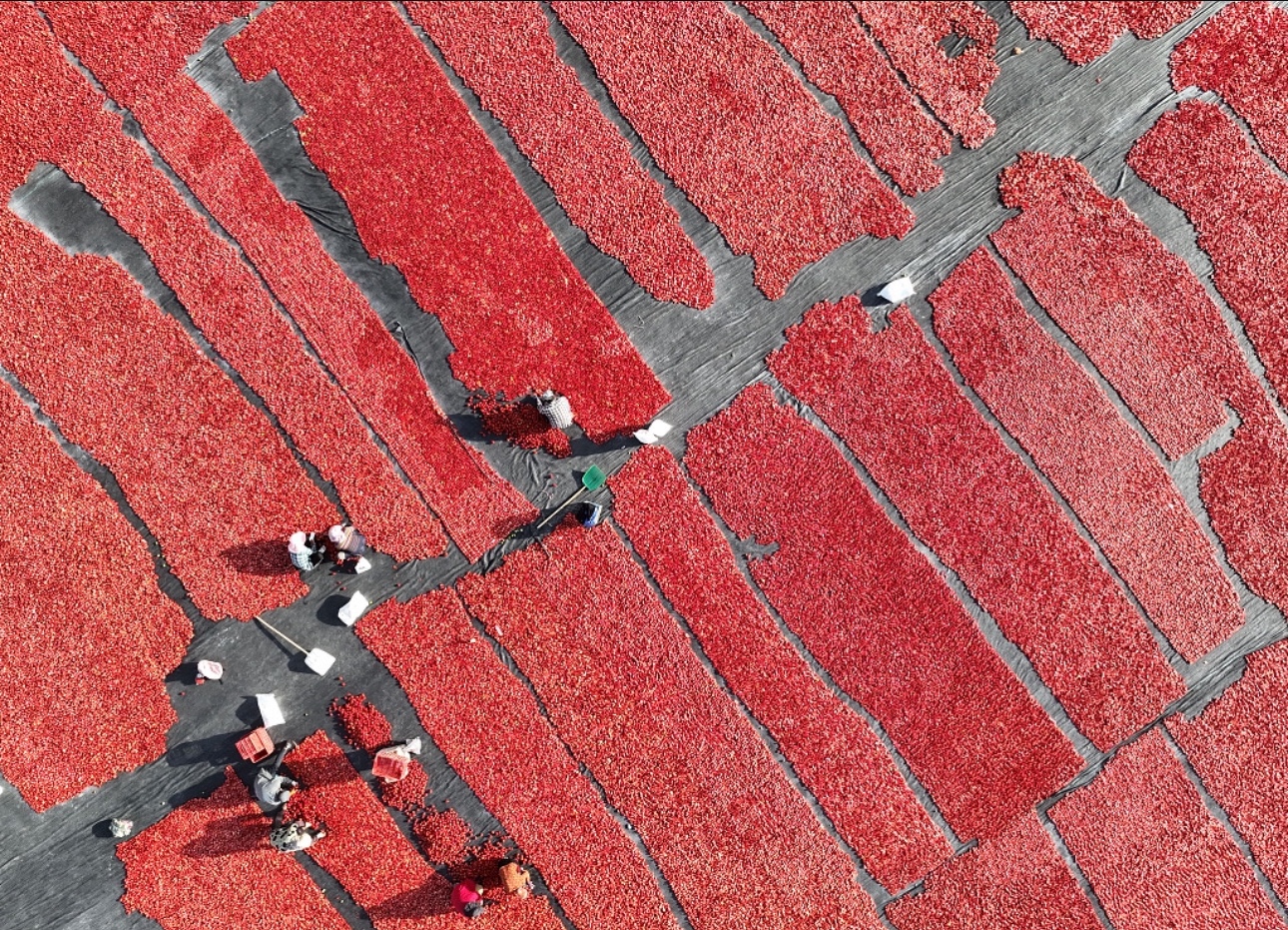
a bridge for trade and cultural understanding
These days of course we are increasingly used to the idea of buying manufactured goods from China. But here’s an astonishing fact that will change the way you see the interdependence between China and the world. Fully one quarter of the tomato ketchup now consumed in the world is grown and produced in China – yes, one in every four bottles!
What are the facts behind this remarkable story?
The first part of the puzzle is that the growing of tomatoes has become a significant part of Chinese agriculture. In 2021 China processed 4.8 million tonnes of tomatoes, 12% of the global volume. In 2021 it is estimated that altogether about 38.9 million tons of tomatoes were grown in China.
One of the main tomato growing regions in China is western Xinjiang Province, which has always been famous for the quality of its fruit and vegetables. The climate and soil quality in Xinjiang contribute to the exceptional flavour of its tomatoes. In fact a total of nearly 80% of all China’s tomatoes are grown in Xinjiang and September is the traditional time for tomato harvesting.
This fact is all the more remarkable when we remember that tomatoes are not indigenous to China. In fact all tomatoes owe their origins to a plant growing in Central and South America. One of the Chinese names for the tomato ‘xihongshi’ literally means the ‘red, western fruit’. Tomatoes were probably introduced into China in the Ming Dynasty, in the late 16 or early 17th centuries.
In fact until the early 20th century tomatoes played a very small role in Chinese cuisine. The breakthrough for the humble tomato came with the development in the 1930’s of 西红柿炒鸡蛋 – xihong-shi chao-jidan’ – scrambled egg and tomato , which is now a staple all over China. It’s simple and deceptively delicious.
The second fact is the dramatic reduction in transportation times for tomatoes and tomato products from China to Europe. A critical part of the Belt and Road project for economic development around China, has been investment in the China-Europe railway. In the decade that Britain failed to complete HS2, 10,694 kilometres of track now connect Chengdu in China to Milan in Italy. On the way it connects 92 cities in 21 countries. The transportation time for products by sea between Europe and China used to be 25 days. The railway has cut this to something between 12 and 15 days.
This connectivity has revolutionised the flow of tomato sauces and pastes from China to the restaurants and dining tables of Britain and Europe. On its way west the intercontinental railway passes through Urumqi, the capital city of Xinjiang, transforming it into an economically dynamic hub between China, Central Asia and Europe and returning it to the status and wealth it enjoyed in the historical Silk Road era.
One more fact for you to consider the next time you reach for a bottle of tomato ketchup. Have you ever thought what an unusual word ‘ketchup’ itself is. That’s because the origins of both the name and the product are in Asia. The word can be traced back to its use in the Malay language and a fish sauce called ‘kichap’, which in itself may have been influenced by a Chinese product called ‘koechiap’, or fish brine.
Of course trade between south-east Asia and Europe developed in the sixteenth and seventeenth centuries and ‘ketchup’ was just one of the many new tastes and flavours introduced to brighten up the limited western palate. In 1711 we find a book called ‘An Account of Trade in India’ which states ‘Soy comes in Tubs from Jappan, and the best Ketchup from Tonqueen [Vietnam]; yet goods of both sorts, are made and sold very cheap in China.’
So as you squeeze a bottle of tomato ketchup to bring some flavour to your plate of chips remember that either literally or etymologically you’re adding the flavour of Asia to your meal!
